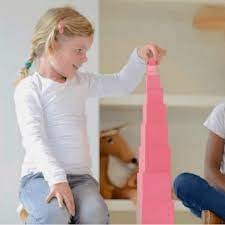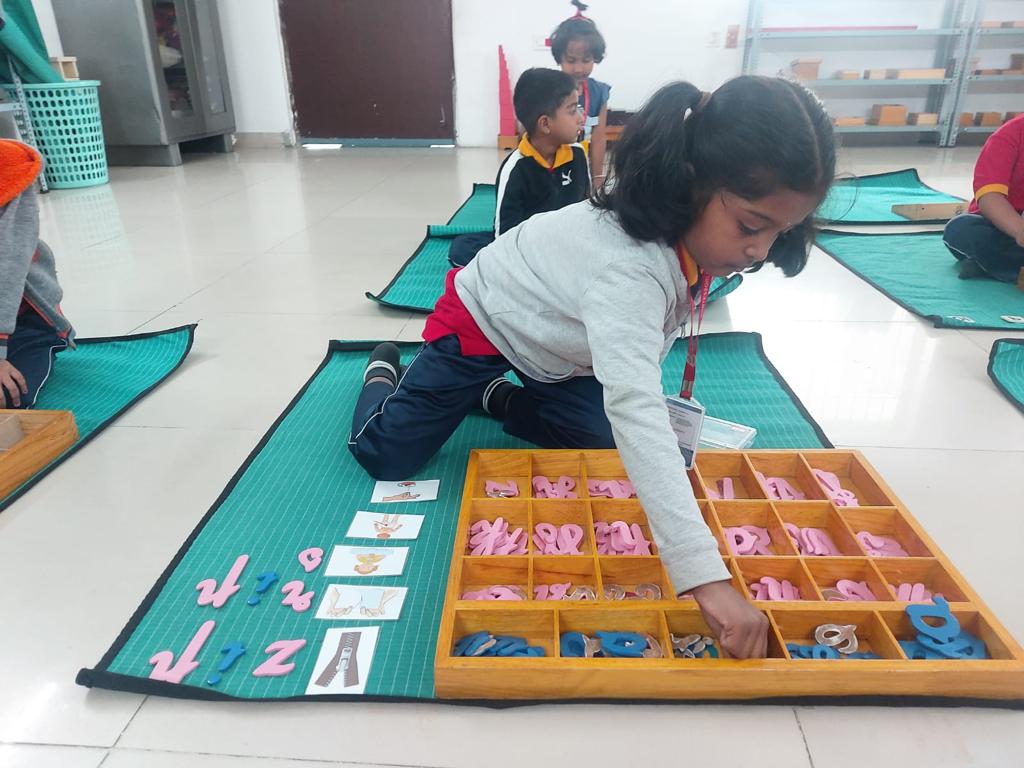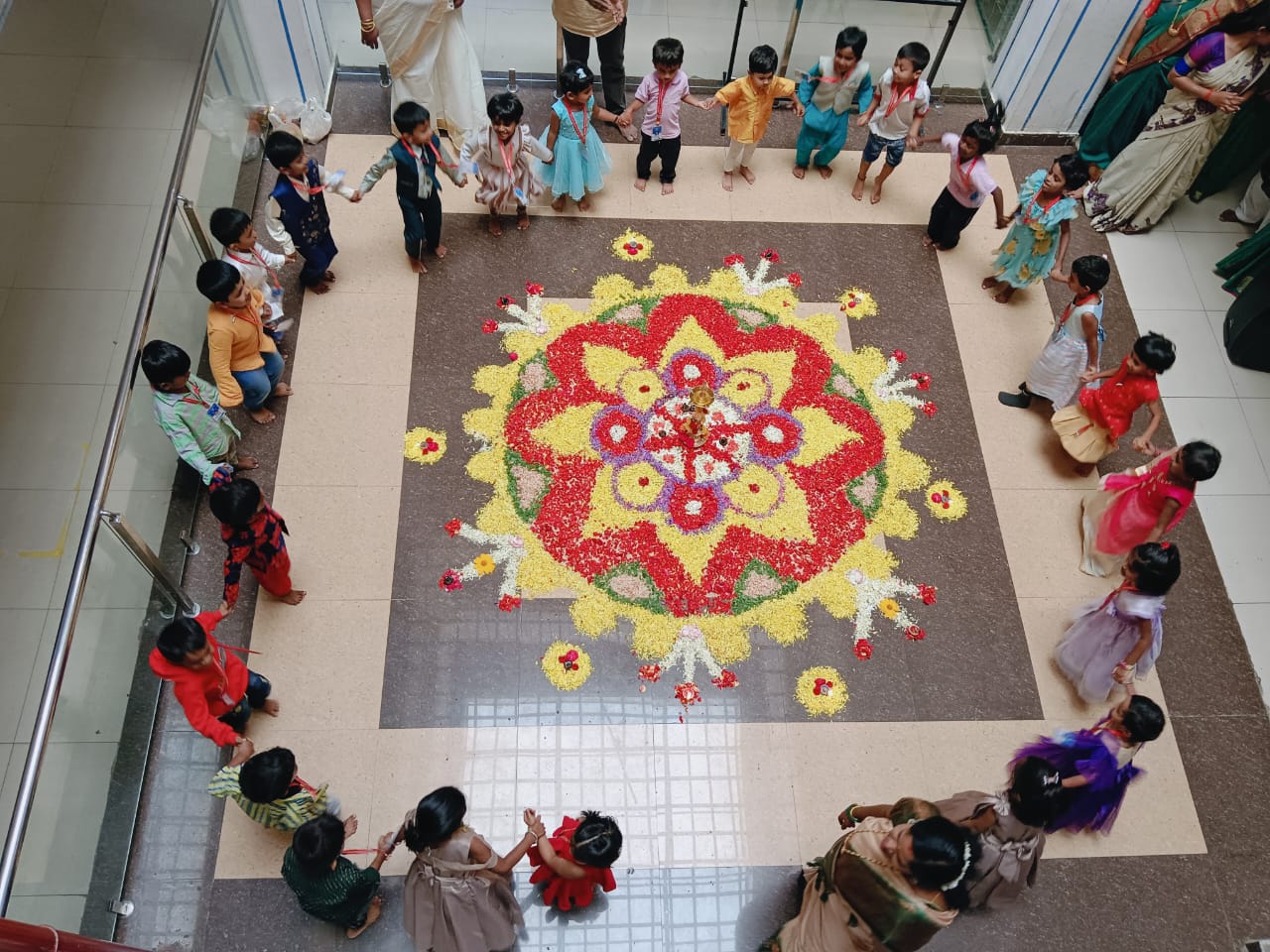-
 Call Now ! +91 74837 09714
Call Now ! +91 74837 09714 -
 Email Now info@imperialgroupofinstitutions.com
Email Now info@imperialgroupofinstitutions.com
Dr. Maria Montessori developed a unique educational method known as the Montessori Method. Dr. Maria Montessori based her education philosophy on her scientific observations of young children's behavior. Her scientific training and experience were broad based and remain, even today, quite unique among educationists. She found that young children learn best in a nurturing environment, filled with developmentally appropriate materials that provide experiences contributing to the growth of self-motivated, independent learners. Her approach to education encompasses the whole development of human from birth to adulthood.
The primary goal of a Montessori program is to help each child reach full potential in all areas of life. Activities promote the development of social skills, emotional growth, and physical coordination as well as cognitive preparation. The holistic curriculum, under the direction of a specially prepared teacher, allows the child to experience the joy of learning, time to enjoy the process and ensure the development of self-esteem, and provide the experiences from which children create their knowledge.
In order for self-directed learning to take place, the whole learning environment - room, materials, and social climate - must be supportive of the learner. The teacher provides necessary resources, including opportunities for children to function in a safe and positive climate.The furniture, the aesthetics are designed such hat they are physically proportionate to the child.
Dr. Montessori's observations of the kinds of things that children enjoy and go back to repeatedly led her to design a number of multisensory, sequential, and self-correcting materials which facilitate the learning skills and lead to learning of abstract ideas by the construction of knowledge.
The Montessori teacher functions as designer of the environment, resource person, role model, demonstrator, record keeper, and meticulous observer of each child's behavior and growth. The teacher acts as a facilitator of learning.
The curriculum at IMPERIAL MONTESSORI SCHOOL is designed to bring learning through observation, self-help, teaching aids, Montessori Materials, Montessori trained adults, spontaneous sharing of knowledge of older children with the younger ones, physical activities and audio-visual modules. The School follows CBSE Syllabus.
"Our work as adults does not consist in teaching, but in helping the infant mind in its work of development." Dr. Maria Montessori
Exercises of Practical Life -Instill care for self, for others, and for the environment. Activities include many of the tasks children see as part of the daily routine in their home, interesting activities such as pouring, spooning, Etc, Learning exercises of grace and courtesy like, what to say and when, help the child to learn to be a part of everyday society. Through these tasks, children develop muscular coordination, enabling movement and the exploration of their surroundings. They learn to work at a task from beginning to end, and develop their powers of control and concentration.


Sensorial materials - serve as tools for development. Children build cognitive skills, and learn to order and classify impressions by touching, seeing, smelling, tasting, listening, and exploring the physical properties of their environment.
Language development is vital to human development. The Montessori environment is rich in oral language opportunities, allowing the child to experience conversations, stories and poetry. : We use a phonics-based program to teach sounds, letters, writing, and then reading.


Mathematics: We begin with manipulatives that slowly lead into abstract concepts. Beginning with numbers 1-10, 11-99, and 1-1000, the children learn linear counting and recognition of numerals, which then leads into addition, subtraction, and multiplication and division concepts. This is done through fun activities which involve lots of movement, manipulatives and group work. As the child matures, individual work is encouraged and abstract learning begins to take place, which prepares them for later abstract reasoning, and helps to develop problem-solving capabilities.
Cultural Area: This area includes fascinating and enjoyable topics such as global awareness, geography, science, botany, music and art. They are presented as extensions of the sensorial and language activities. Children learn about people and cultures in other countries with an attitude of respect and admiration. The comprehensive art and music programs give children every opportunity to enjoy a variety of creative activities, as well as gain knowledge of the great masters.
